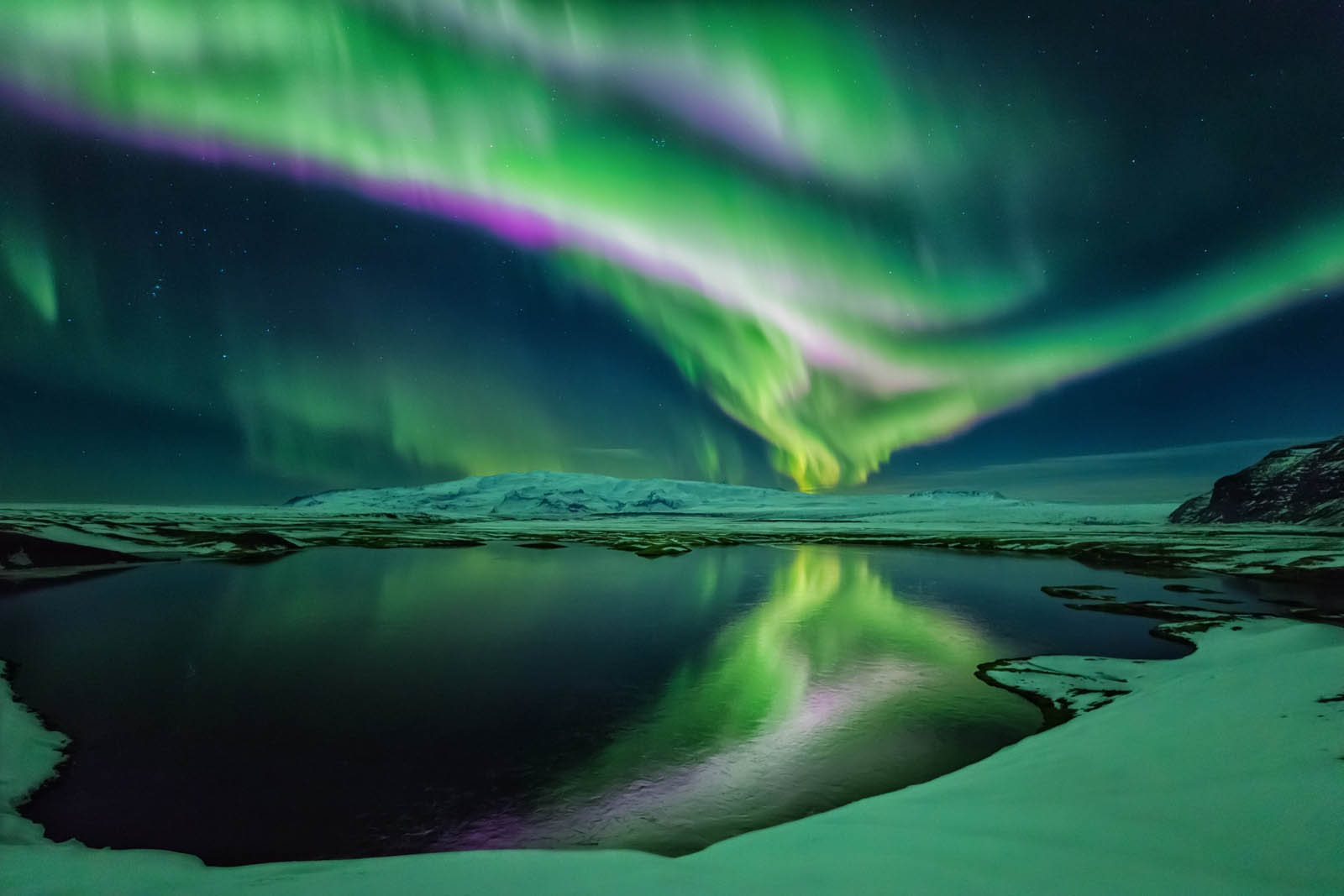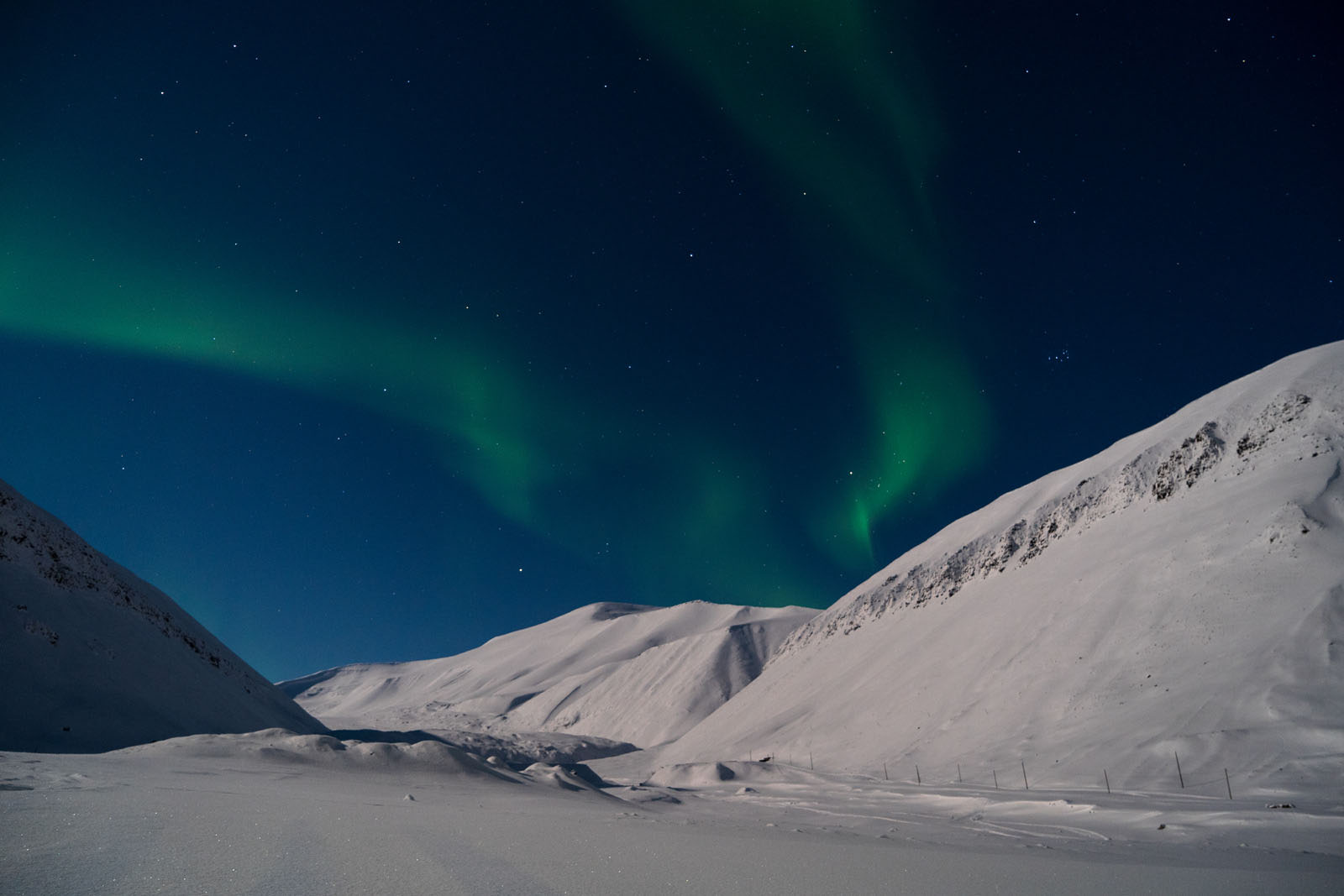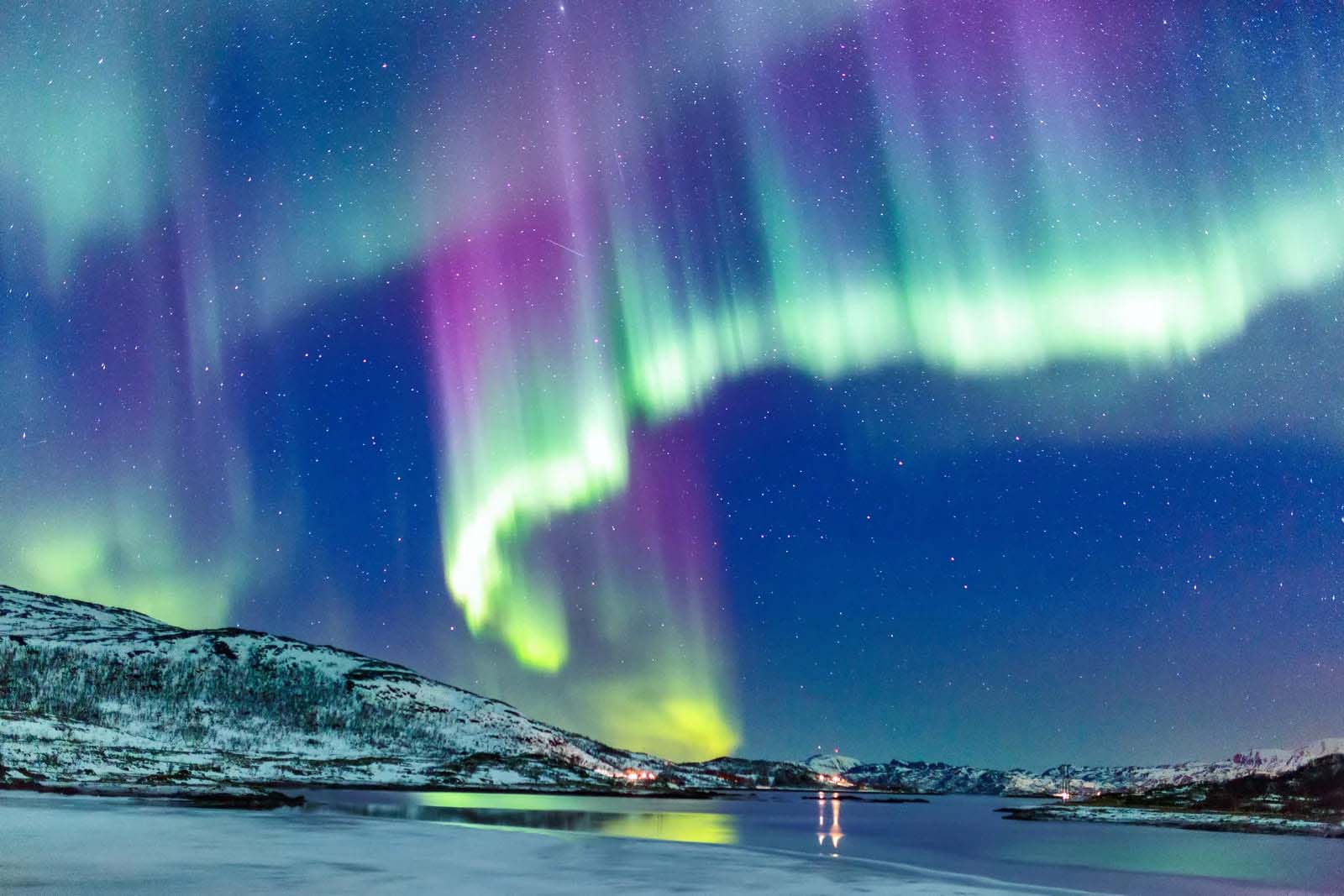Experience the captivating and ethereal phenomenon of the aurora borealis, or the Northern Lights, which has fascinated humanity for centuries. As we eagerly await the celestial dance illuminating the polar skies in the upcoming Arctic season, let's delve into the predictions for the aurora borealis in 2024 and the factors contributing to this awe-inspiring natural spectacle.
Understanding the Northern Lights
The aurora borealis occurs when charged particles from the sun, particularly electrons and protons, interact with Earth's magnetic field and atmosphere, resulting in vibrant shades of green, pink, purple, and blue dancing across the night sky near the Earth's polar regions.
Solar Activity, Sunspot Cycles & Geomagnetic Storms
Solar activity, influenced by the sun's natural 11-year cycle of solar maximum and solar minimum, plays a pivotal role in the intensity of the aurora borealis. During the solar maximum, increased sunspots with intense magnetic activity often lead to more significant and frequent displays of the Northern Lights. Additionally, geomagnetic storms, caused by disturbances in the solar wind interacting with the Earth's magnetosphere, can amplify the Northern Lights, making them more visible at lower latitudes.
What's in Store for 2024?
Excitingly, scientists and astronomers predict that 2024 will coincide with a solar maximum, signifying a period of heightened solar activity and storms. This bodes well for travelers seeking to witness the Northern Lights, as the likelihood of vibrant and widespread displays is higher during these peak solar phases. However, predicting specific times, locations, and intensities remains challenging due to various influencing factors.
Best Destinations to Witness the Northern Lights
For optimal viewing, choose destinations within the Arctic Circle, such as Greenland, Iceland, Svalbard, and Norway, with minimal light pollution and clear, dark skies.
Greenland
With vast landscapes and minimal light pollution, Greenland offers an excellent backdrop for observing the Northern Lights. Popular locations include Ilulissat and Kangerlussuaq, known for their aurora visibility. Various activities, from dog sledding to staying in igloos, enhance the Northern Lights experience.

Iceland
Iceland, with its natural wonders and cultural experiences, is a favorite destination. The Westfjords and North Iceland, with longer hours of dark skies, are ideal regions for Northern Lights sightings.

Svalbard
This Norwegian archipelago, with its high latitude and unique Arctic experience, is perfect for observing the aurora borealis, especially during the winter months. Longyearbyen serves as a hub for travelers exploring Svalbard in search of the Northern Lights.

Norway
Norway offers numerous locations, including Tromsø, Kirkenes, Alta, Bodø, the North Cape, and the Lofoten Islands. Tromsø, known as the 'Gateway to the Arctic,' is a popular destination with vibrant city life and easy access to the Arctic wilderness.

Maximize Your Chances with Us
Embark on Polar Cruises Northern Lights adventures aboard the purpose-built ship, the Greg Mortimer, exploring multiple Arctic Circle destinations. Traveling by expedition ship allows you to visit remote areas in the High Arctic, minimizing light pollution and maximizing your chances of witnessing the aurora. Whether you're an avid aurora chaser or a first-time traveler, 2024 promises awe-inspiring Northern Lights displays. Mark your calendars, prepare your cameras, and reserve your place on the Northern Lights Explorer voyage to maximize your chances of witnessing this magical phenomenon. Contact our friendly reservations team or request a quote today.
